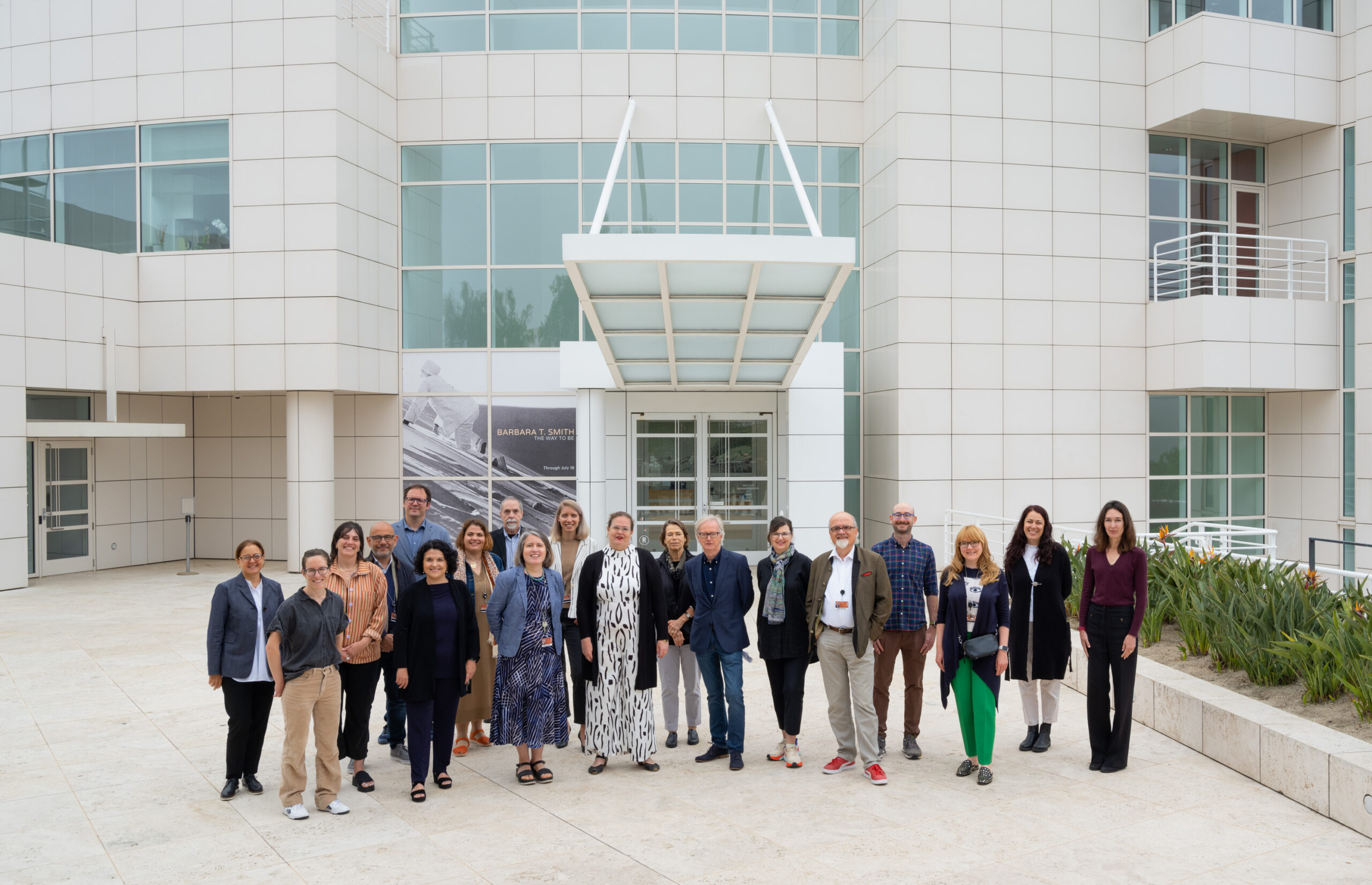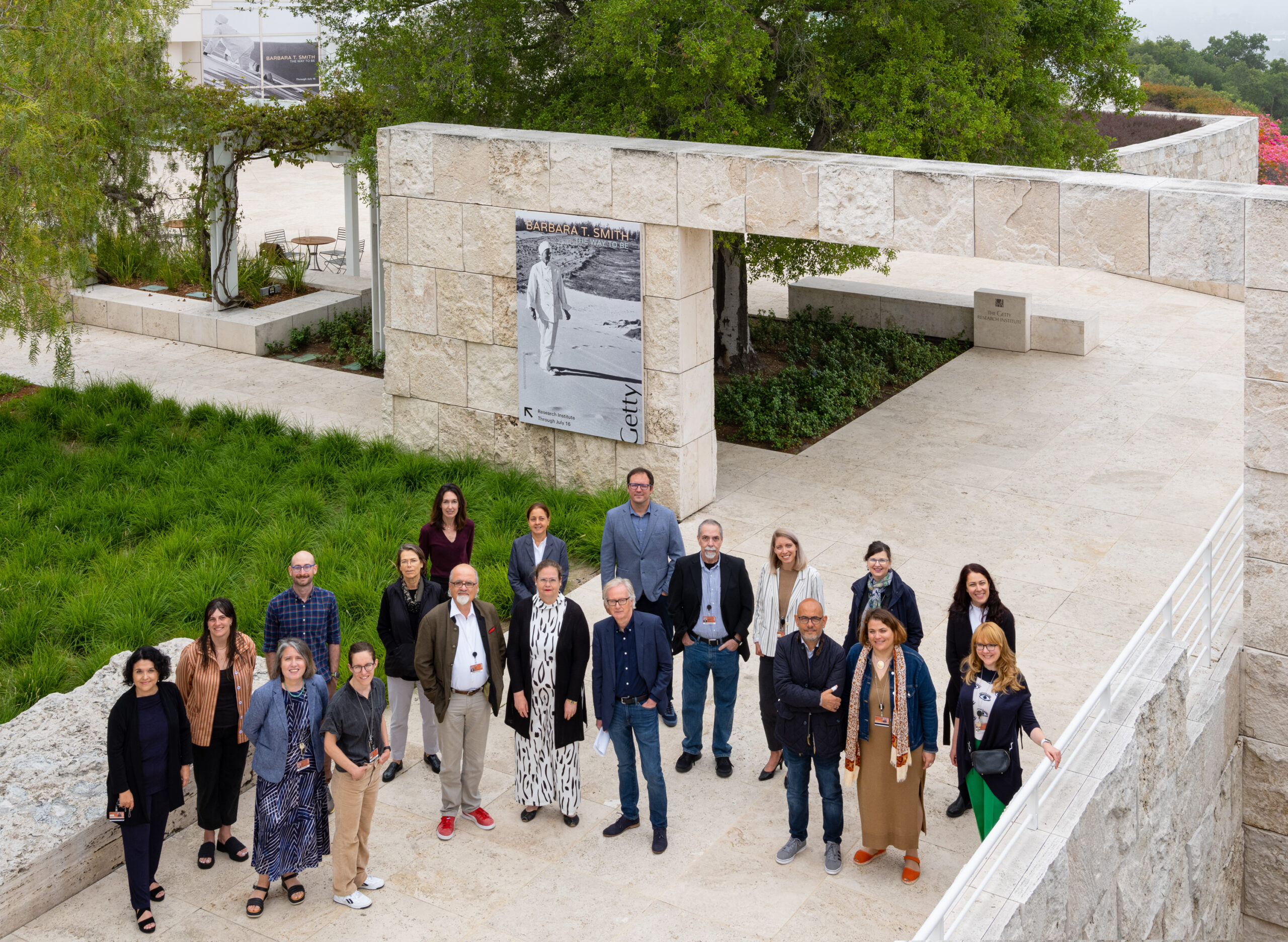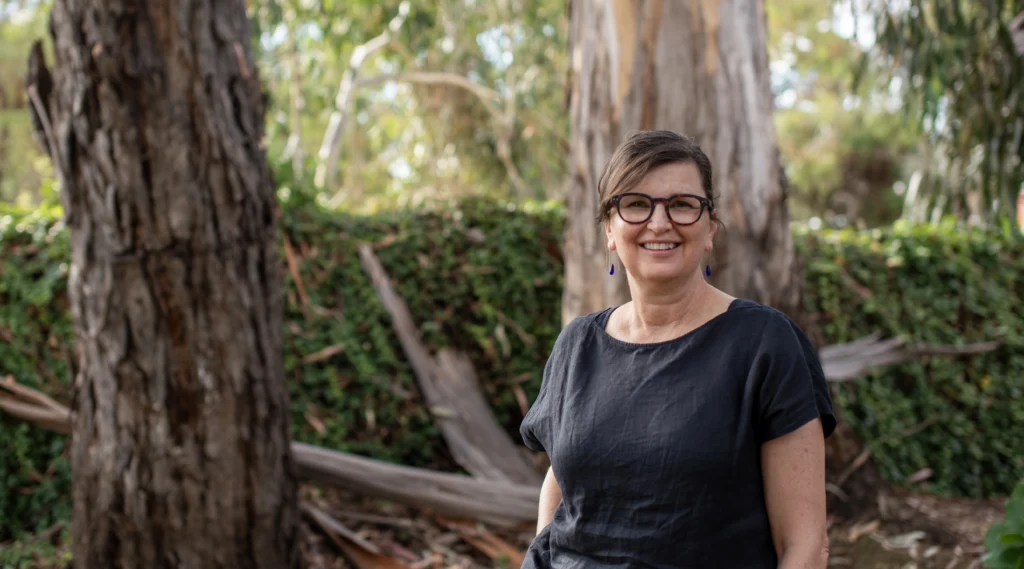
Update from the Getty
GML Principal Rachel Jackson is wrapping up her scholarship at the Getty Conservation Institute and sends an update on her experience.
‘My scholarship at the Getty Conservation Institute (GCI) is finishing on 30 June. The time has flown by, although every minute in LA has been rewarding; from the quiet times doing research, to tours of incredible architecture and conservation projects, and meeting many interesting scholars in my cohort.
LA is an exciting, yet overwhelming city because of its vastness. There is respite from the cars and freeways, in the natural environment; in the canyons, the ocean and the many huge trees that line LA’s streets and fill the suburbs. The numerous giant eucalypts, paperbarks, silky oaks and red bottlebrush are evocative of home. The eucalypts were originally exported from Australia during the gold rush to California in the 1850s; they are now everywhere and love the soil in California, where they grow to enormous heights and girths.
The GCI scholarship has provided me with access to a vast array of literature on twentieth century urban planning. My research project confirms the thesis that Canberra stands out as an exemplary place, in a world heritage context, for its integrity as a fully developed example of twentieth century ‘City Beautiful’ urban planning.
This thesis is one held by many Australian historians, heritage consultants, and academics, but it has not been tested. Canberra is often compared, in a cursory manner, to a limited number of cities, mainly Brasilia, Washington DC and the White City of Tel Aviv. My GCI research has drawn out a list of 14 national capital cities with similar heritage values and attributes to Canberra. Some of these cities are surprising examples, and none have been compared to Canberra before using the world heritage standards.
Canberra, including the planned central area of the city, and its lakes and wider landscape setting comprised of natural hillscapes and managed parkland, is without question internationally significant. The national capital demonstrates a clarity of design and intention in twentieth century urban planning. Implemented across a defining period from the early to mid-twentieth century, the design adroitly symbolises the democratic ideals of the Australian nation writ large. Considerable political will and influence is required to ensure its outstanding universal values are protected and celebrated in Australia and recognised more widely.’

The Spring Scholars at the Getty Conservation Institute. Photo: Getty Conservation Institute.
